Podcast: Play in new window | Download


Whether your airplane has a “Brackett” brand filter like the first picture, or a “Donaldson” brand filter like the second filter, or another brand like “Challenger” or something else, they all need to be clean and in good condition.
The air your airplane breathes is critically important. Your engine, your vacuum instruments, and even other components, all need to breathe fresh clean air in order to function properly.
Listen to today’s episode to hear about induction filters, vacuum system filters, and even an obscure filter you may not have thought about.
Take a look at what can happen when a Brackett filter is not changed often enough. Upon removal, the foam filter crumbled apart.
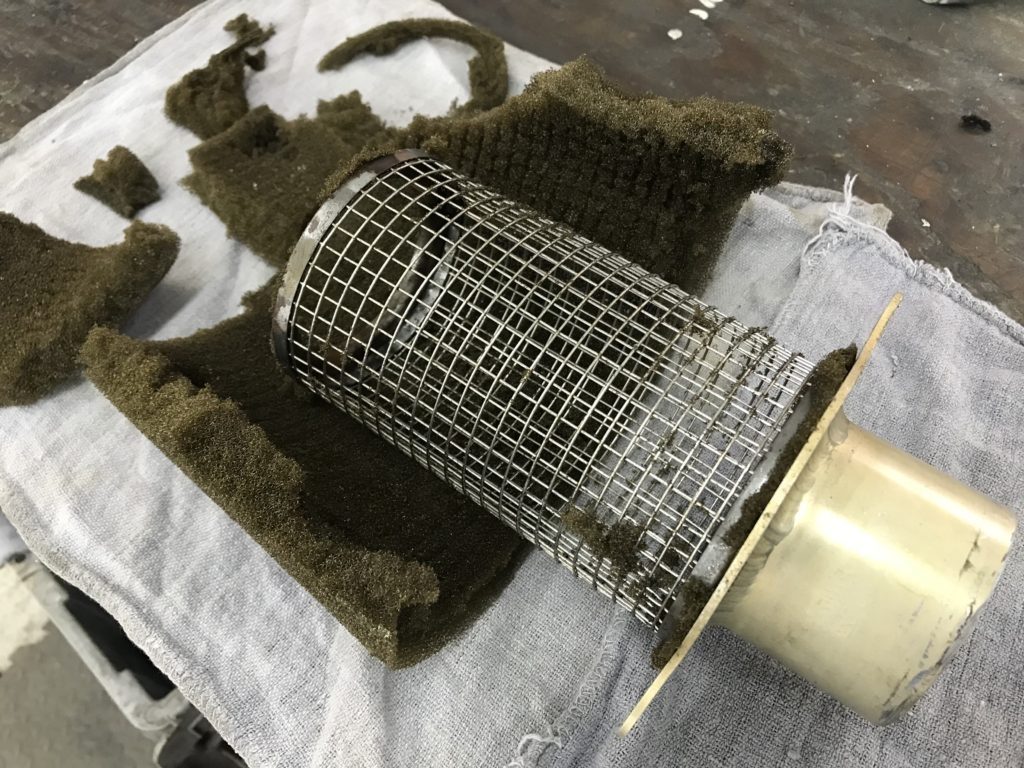
Brackett filters have an expiration date on the package… while they work very well when they’re in good condition, they can also fall apart when they are expired. Don’t install an expired filter!
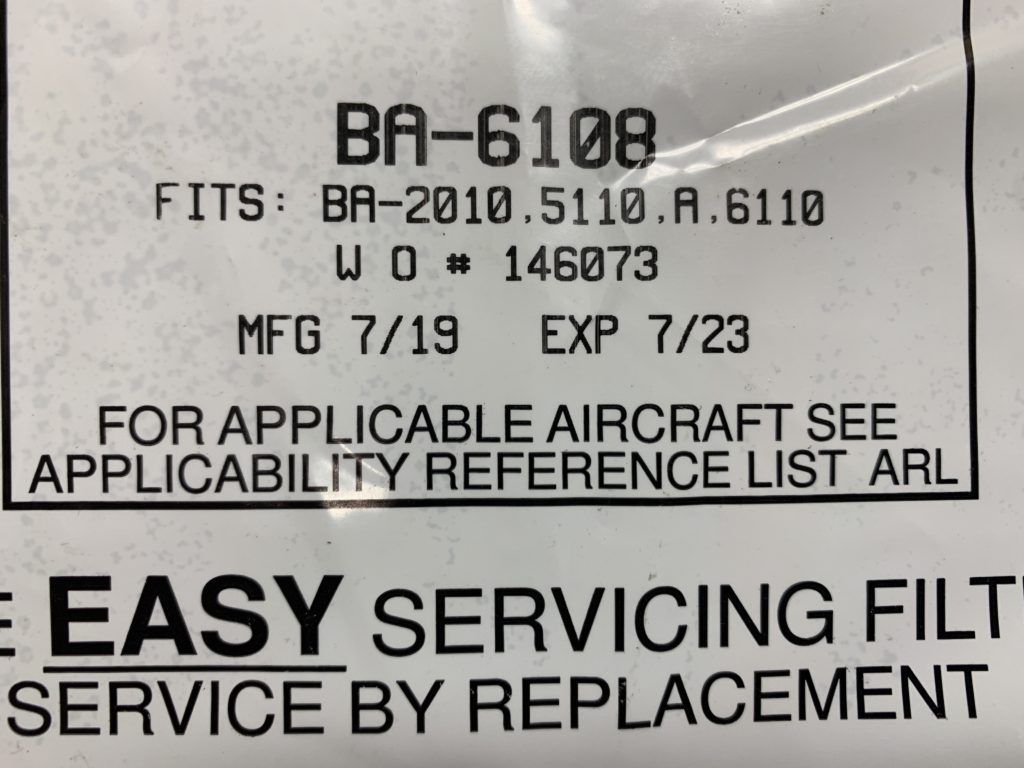
Vacuum systems also need clean filters. Check out this vacuum regulator filter that is covered with dust… this thing has been here for years! Compare this with the new filter that needs to be installed. This filter is sometimes overlooked at the annual inspection. The part number is B-3-5-1. Or, if you buy a Rapco filter, it’s RAB-3-5-1.
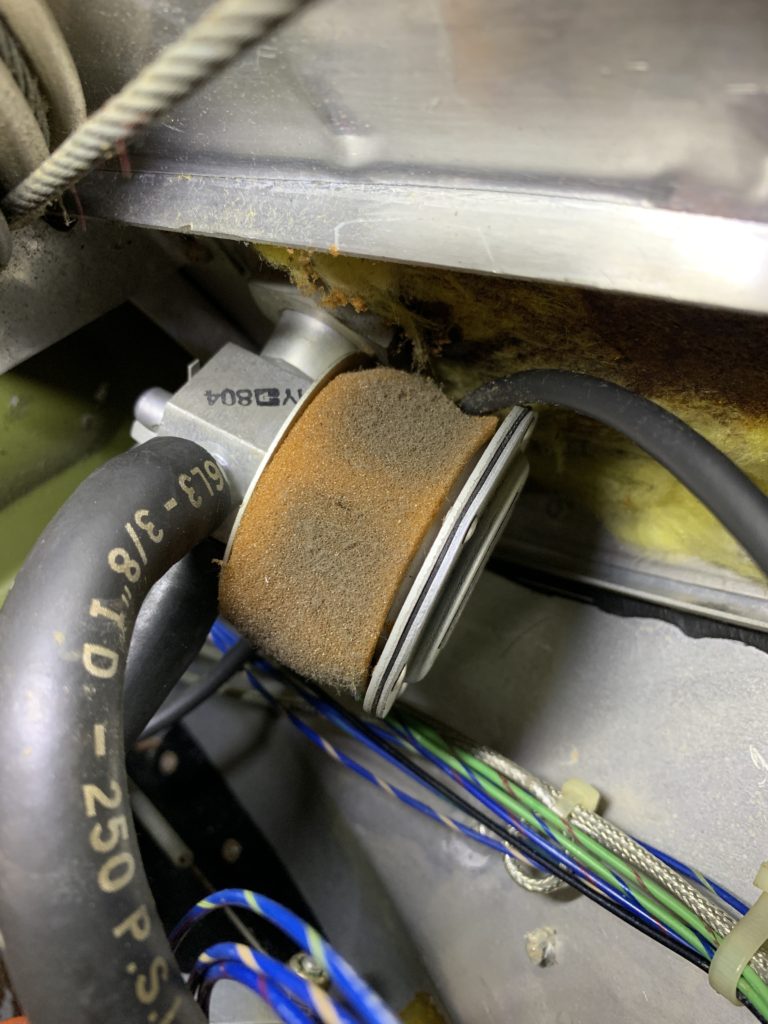

The vacuum inlet filter is also an important one to keep clean, so that your vacuum instruments, like the attitude indicator and directional gyro, can breathe nice, clean air. Here’s an example of an old, dirty vacuum inlet filter, compared with a new, clean one:
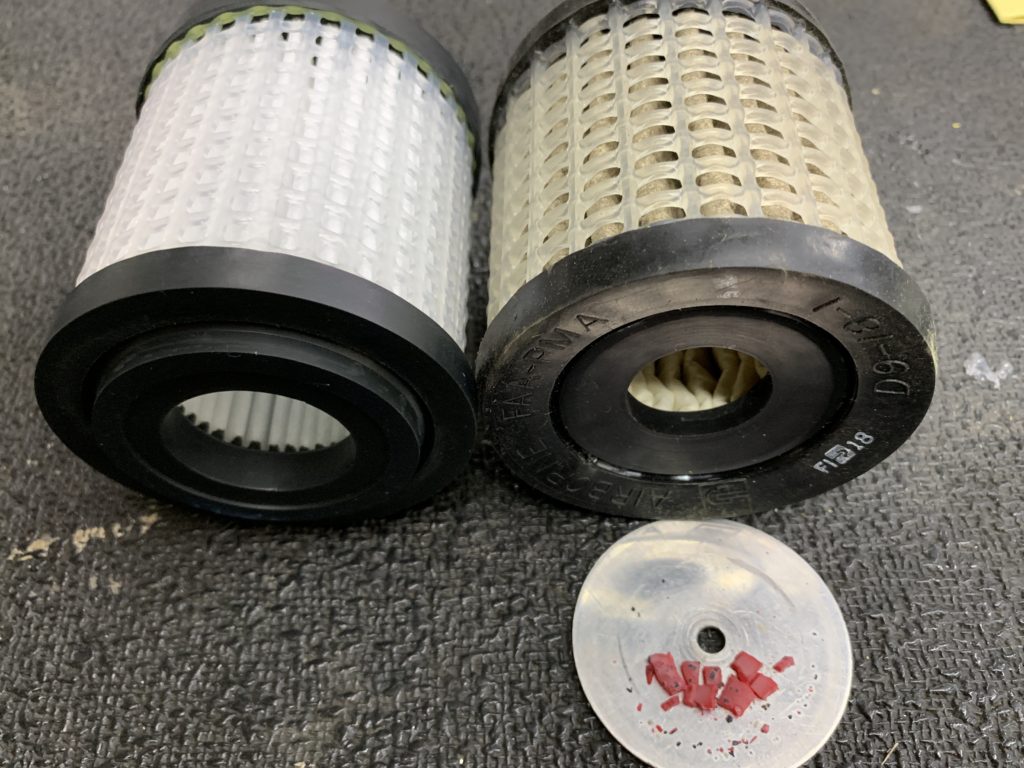
Clean air filers are vitally important!
Another obscure filter I encountered recently was on an Aerostar 601P. This airplane has a Sandel SN3308 electronic HSI. The internal lamp needs to be changed at regular intervals. Upon removing the unit from the instrument panel, I discovered the fan filter in the bottom of the tray was falling apart. Take a look at the view from under the instrument panel, and how little was left of the foam filter:

The fan pulls air in through the bottom of the instrument tray, for cooling.
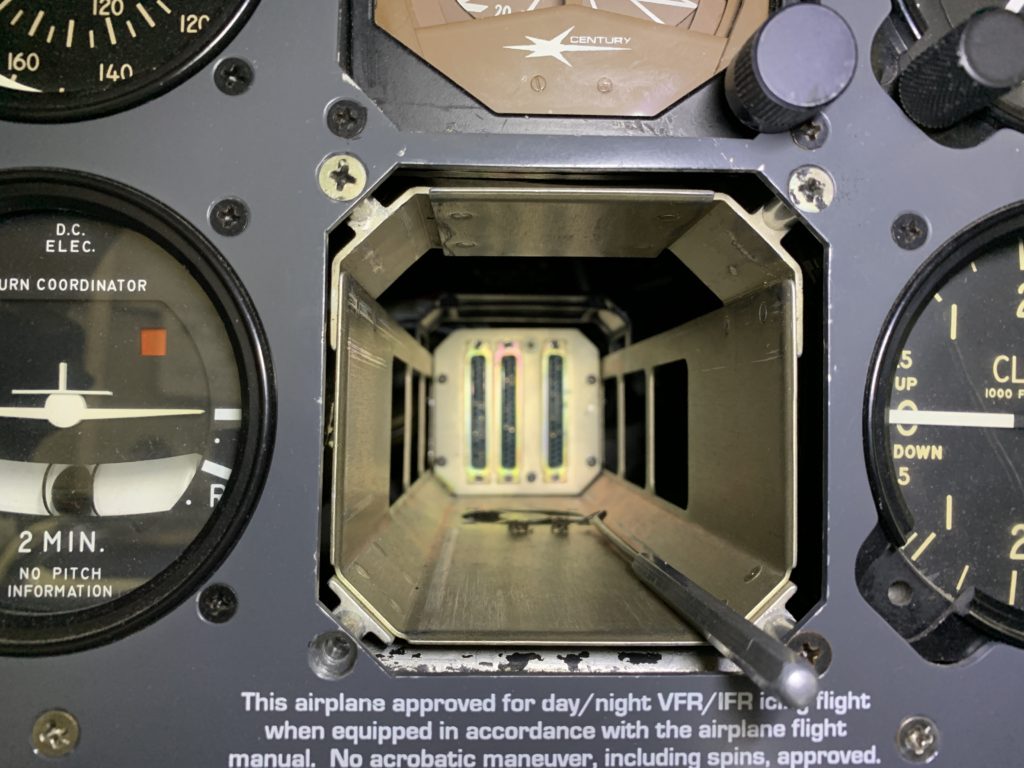
It’s a bit of an obscure air filter, but still an important one.
A call to Sandel was very helpful. Although the new filter is a fairly thin, coarse mesh piece of foam, it actually has a part number, and the price was reasonable ($8.) Check it out in the following picture:

The HSI is now breathing clean air again.
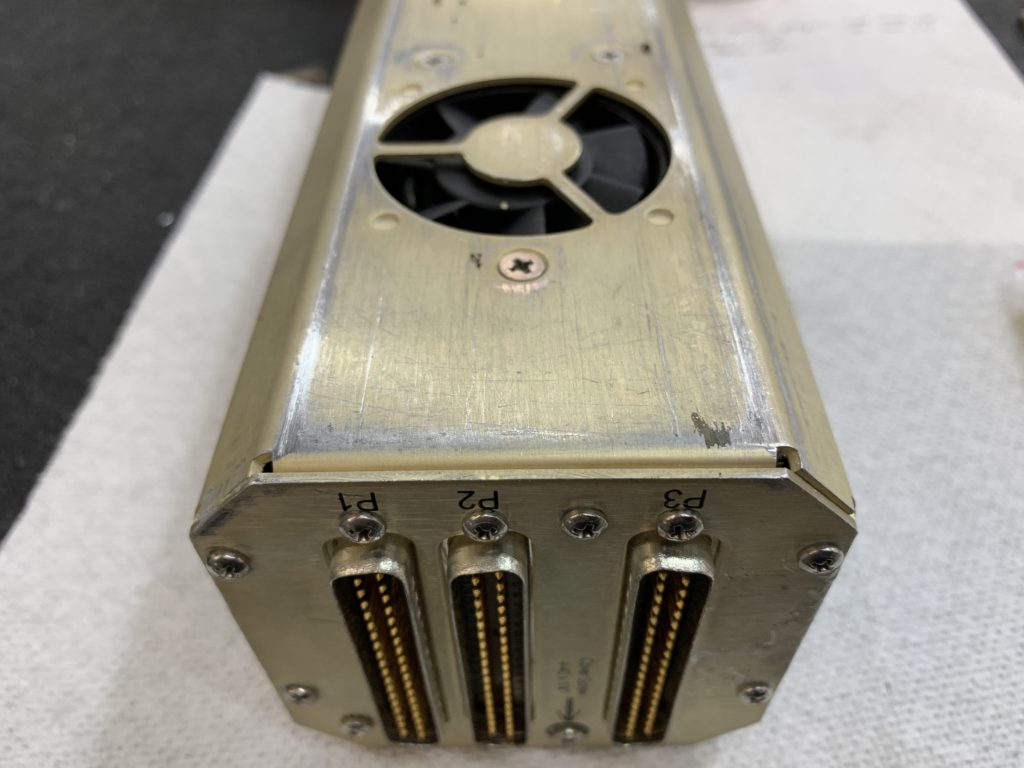
So… whether it’s an airplane’s induction filter, a vacuum system filter, an instrument filter, or some other filter, it’s important for all these filters to be clean and in good condition.
Take a look at your filters, and make sure your airplane is breathing nice clean air. Your engine, your vacuum system, and your instruments, will thank you in the form of reliable performance
Filters discussed in this episode:
Brackett induction filters.
Donaldson induction filters.
Challenger Aviation induction filters.
Vacuum inlet and regulator filters.
Sandel HSI cooling fan filter.


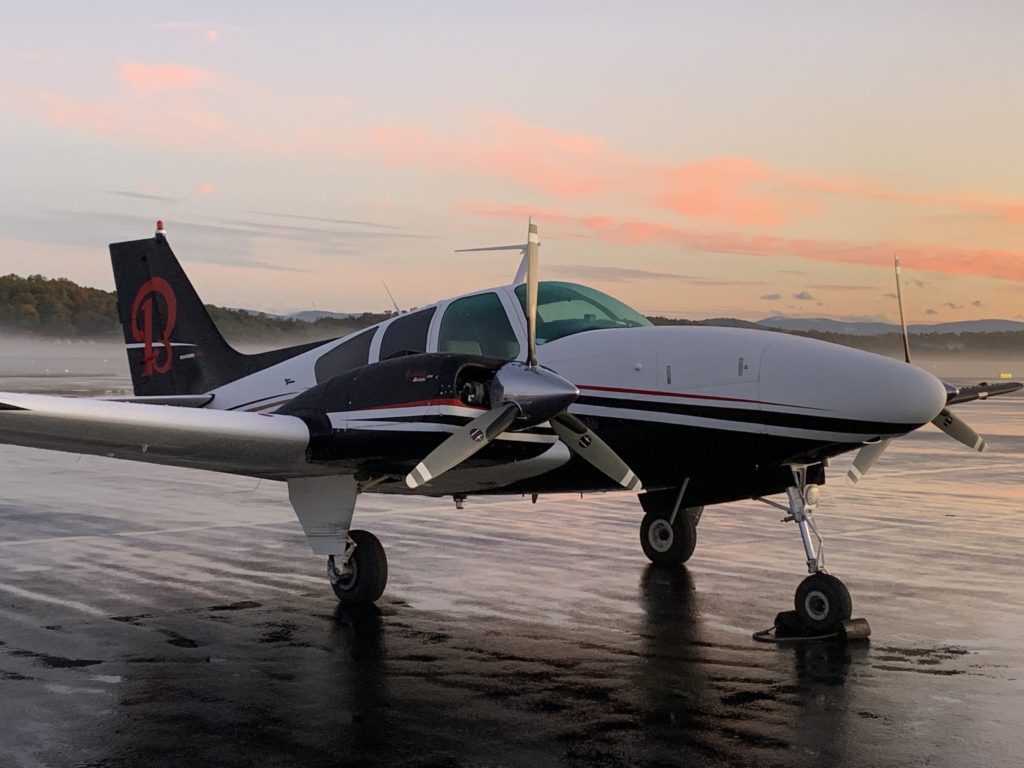
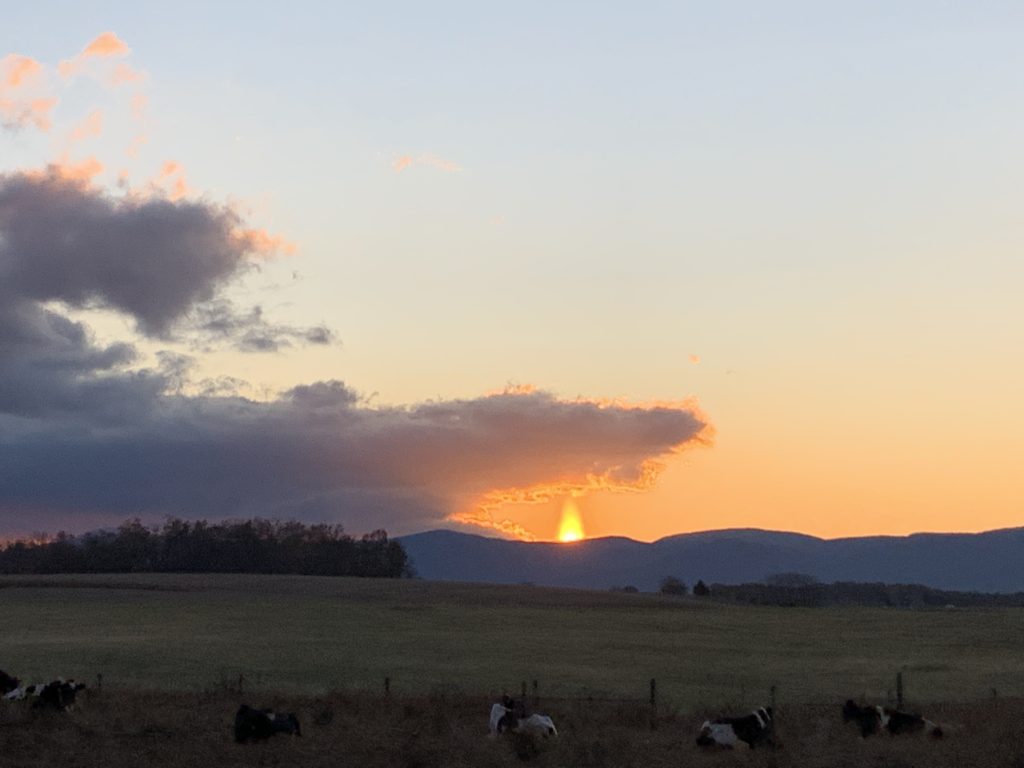
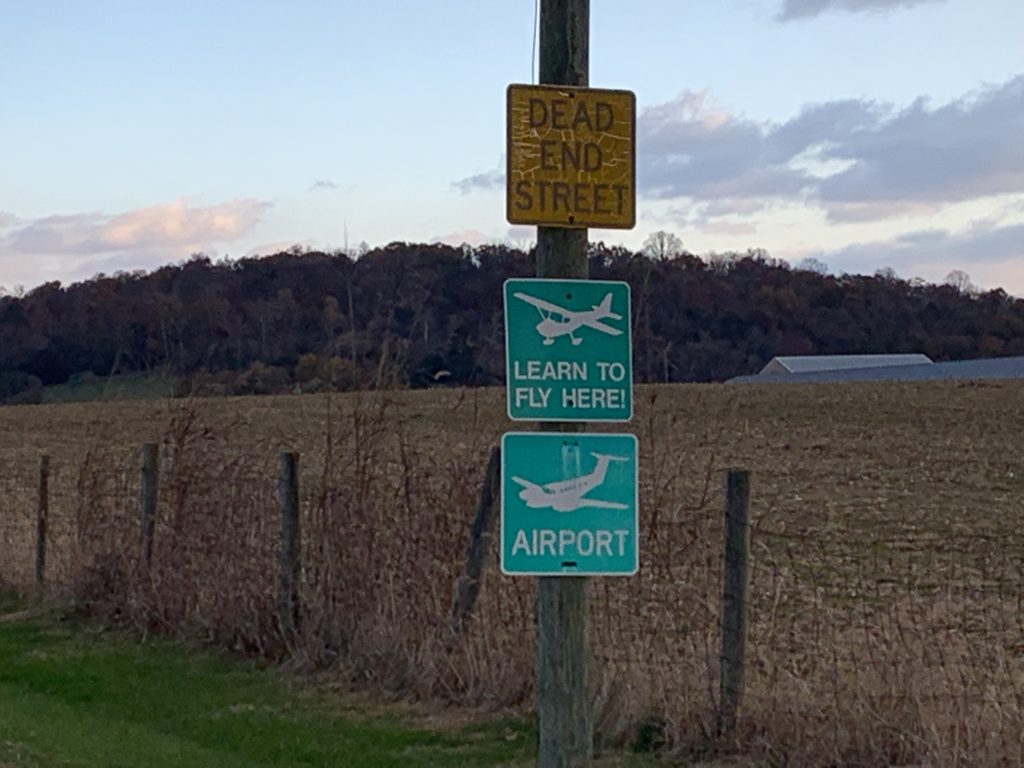

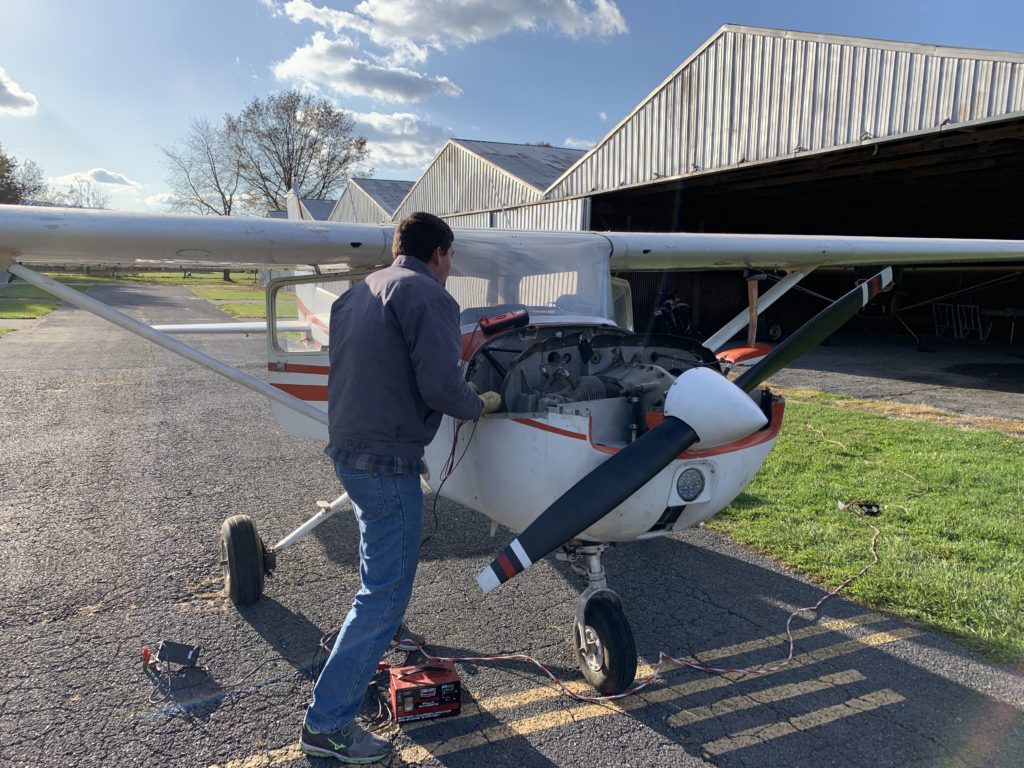

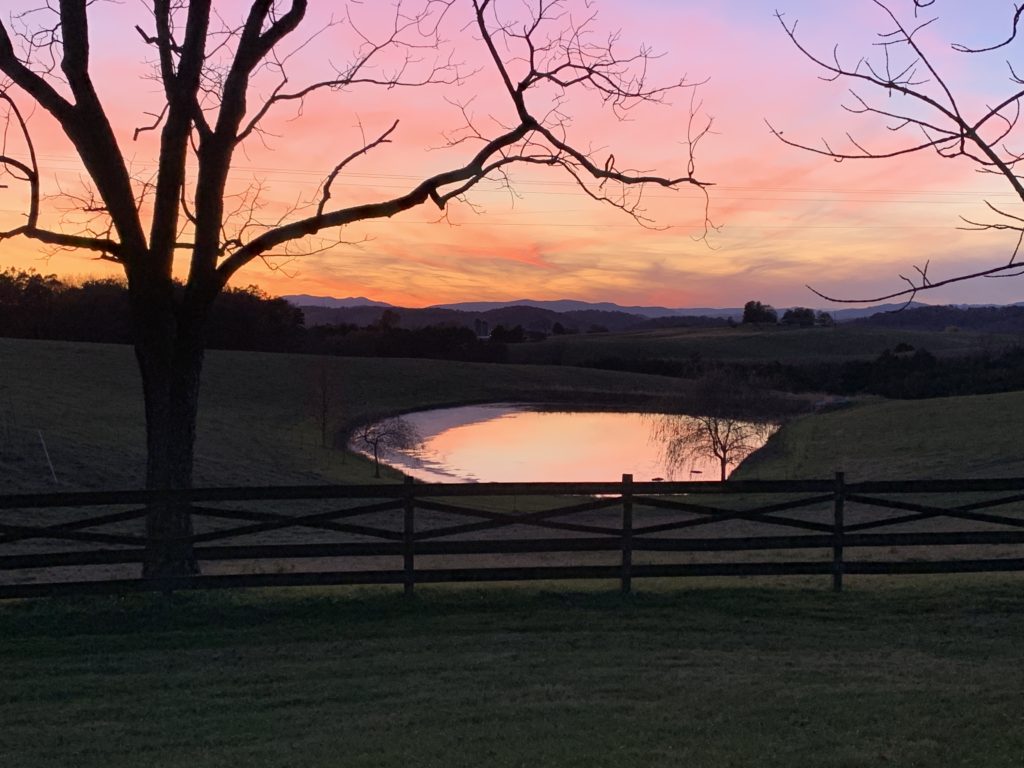


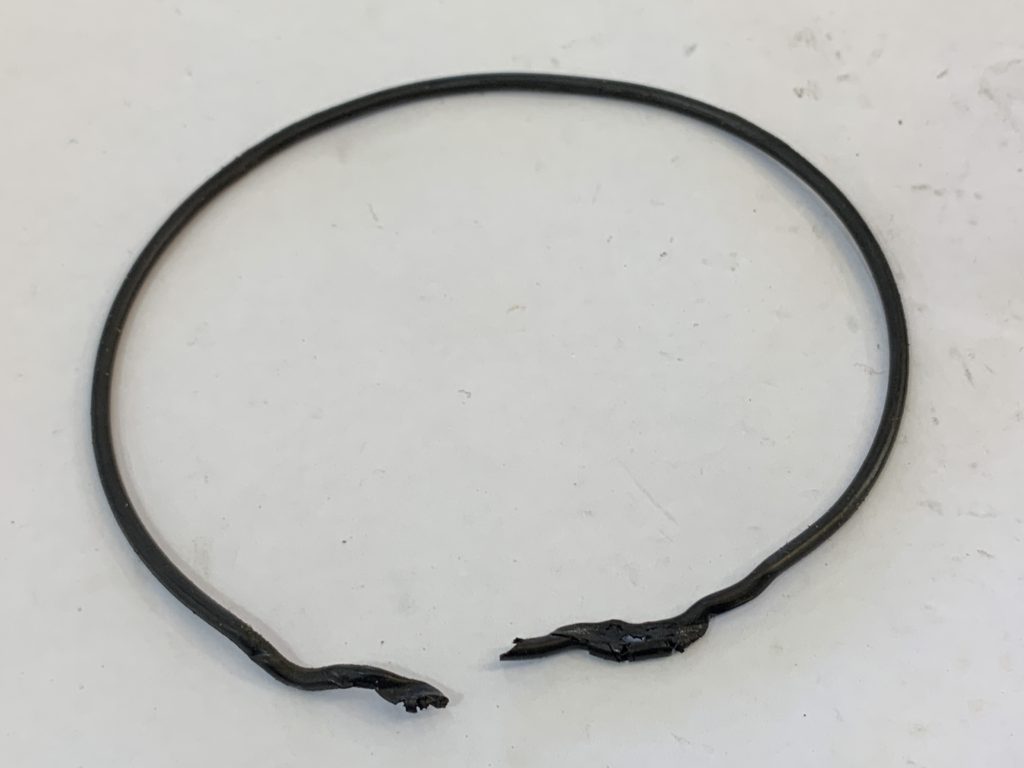


Recent Comments